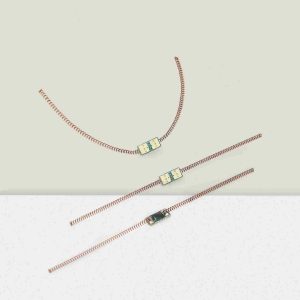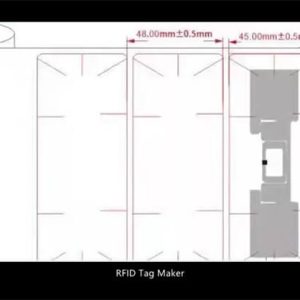- All
- Favorite
- Popular
- Most rated
- Expired
EPCglobal Gen2 RFID tag
RFID Tag Maker have EPCglobal Gen2 RFID tag with different prices and qualities, depending on the manufacturer, model, and features.
- Alien Higgs®
- EPC GEN2 UHF RFID Stickers
- High Frequency 13.56MHz
- IMPINJ® M700 series
- Low Frequency 125Khz
- Micro RFID tags
- MONZA® 4
- MONZA® R6
- Reusable rfid tags
- RFID Jewelry Tag
- RFID Laundry tag
- RFID tag
- RFID tags for metal surfaces
- RFID temperature sensor
- RFID vehicle tags
- UCODE® 7
- UCODE® 8
- UCODE® DNA
- Ultra-High Frequency 860-960MHz
- Waterproof rfid tag
- All categories
RFID Tag Maker has more than 19 years of manufacturing experience and covers an area of more than 2000 square meters. We have continuously introduced advanced production equipment and established a leading modern production line. Serving our customers with the most advanced technology and techniques, high quality, and efficiency are our unique features.
Our experienced technicians are here to support you to choose a suitable RFID tags for your applications.
We provide 1-year quality warranty and lifetime tech support for all of our RFID tags.
We have been providing RFID tags for over 19 years. We can quickly customize a variety of different RFID for your application.
OEM and ODM orders are available from our factory, and we will help you reduce your import costs and keep your customers happy!
























